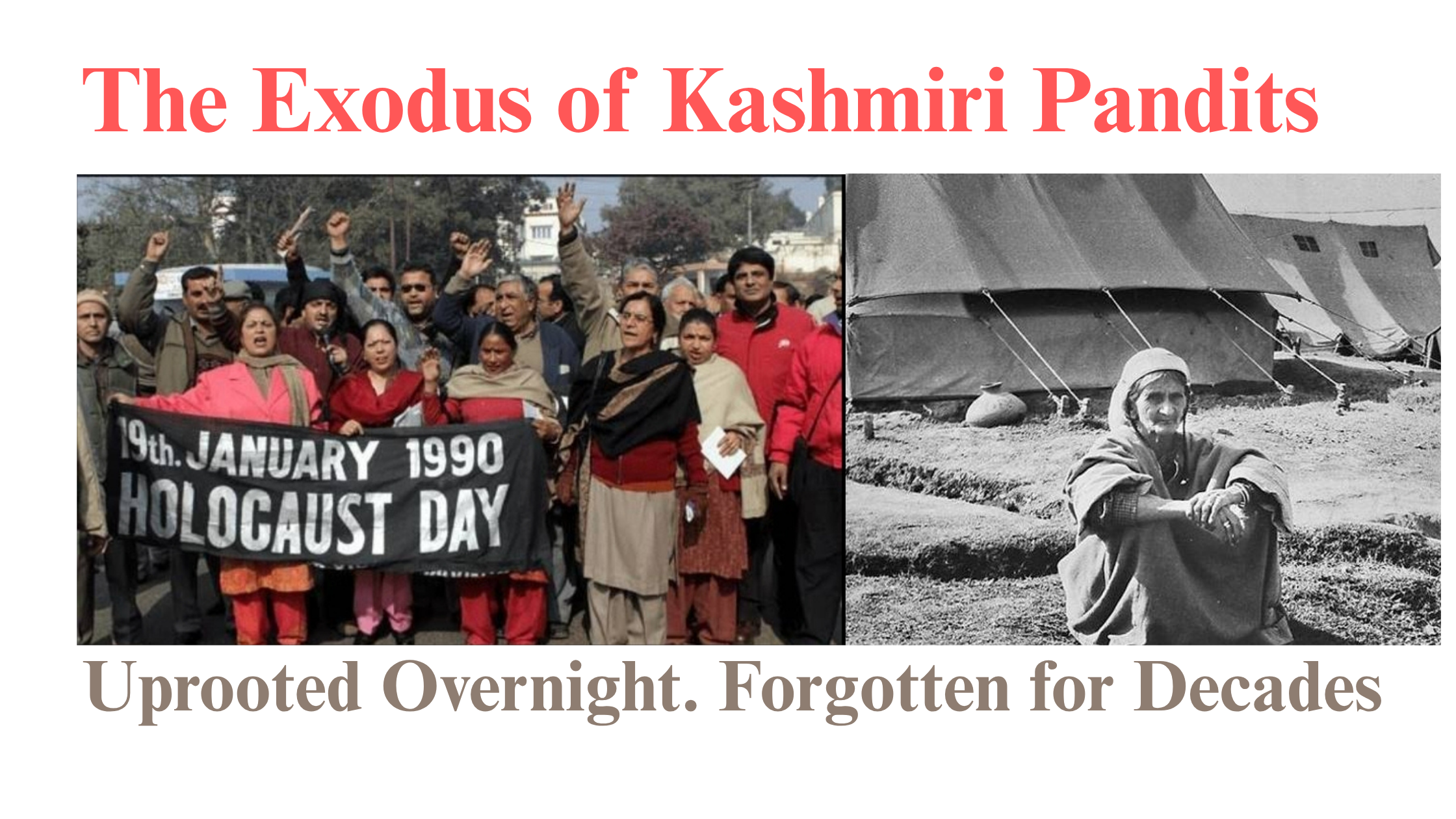Abhinavagupta: The Crown Jewel of Kashmiri Spirituality
Early Life and Illustrious Lineage Family Background and Birth Abhinavagupta was born around 950–975 CE in the beautiful valley of Kashmir. He came from a noble and learned Brahmin family…
Early Life and Illustrious Lineage Family Background and Birth Abhinavagupta was born around 950–975 CE in the beautiful valley of Kashmir. He came from a noble and learned Brahmin family…

Have you ever wondered what makes Kashmir Shaivism so special? This mystical tradition, originating from the beautiful valleys of Kashmir, has captivated spiritual seekers for over a thousand years.…

I am a Kashmiri Pandit. Millions of Kashmiri Pandits share my story like me. It speaks for the generations who came before us. It reflects the pain of people who…
The Martyrdom of Sarvanand Kaul Premi chronicles the life and sacrifice of Sarvanand Kaul Premi. This document explores the profound impact of Sarvanand Kaul Premi's martyrdom on the community. It serves…